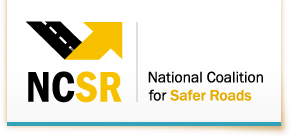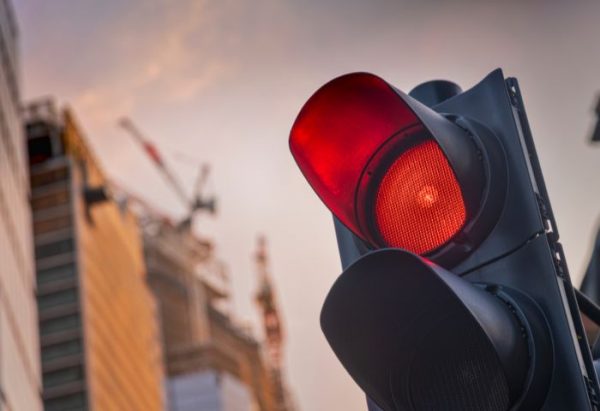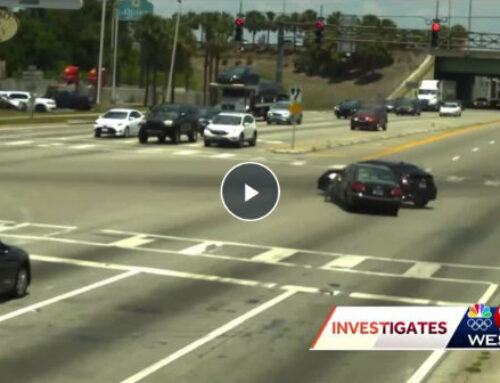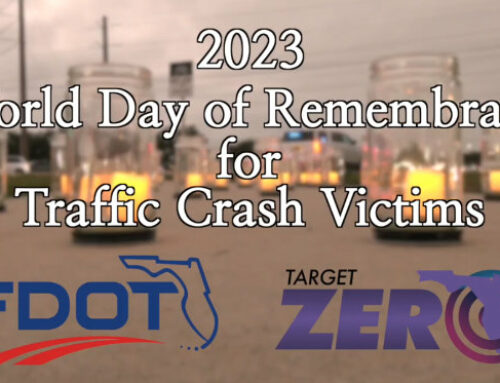Introduction
Red light safety is a critical issue that affects everyone on the road, from drivers to pedestrians and cyclists. While many efforts have been made to reduce red light violations and related accidents, the use of traffic cameras has emerged as a promising solution. Let’s examine the effectiveness of traffic cameras for promoting red light safety, as well as the challenges associated with implementing them. We will also discuss potential solutions for overcoming these challenges and maximizing the effectiveness of traffic cameras in promoting red light safety.
The effectiveness of traffic cameras for promoting red light safety
Research has shown that traffic cameras can be highly effective in reducing red light violations and related accidents. According to a study by the Insurance Institute for Highway Safety, the use of traffic cameras reduced red light violations by 40% at intersections where they were installed. Additionally, the same study found that there was a 24% reduction in the rate of fatal accidents caused by red light violations in cities with traffic cameras.
The use of traffic cameras has also been successful in various municipalities across the United States. For example, in Seattle, the implementation of traffic cameras resulted in a 30% reduction in red light violations and a 42% reduction in accidents caused by red light violations. Similarly, in Chicago, the use of traffic cameras led to a 19% reduction in fatal accidents caused by red light violations.
These statistics highlight the potential benefits of using traffic cameras to promote red light safety, and underscore the importance of continued research and implementation of these devices in cities and towns across the country.
Challenges of implementing traffic cameras
While traffic cameras can be effective in promoting red light safety, there are several challenges associated with their implementation. One of the main challenges is cost, as traffic cameras can be expensive to install and maintain.
Another challenge is ensuring that the cameras are being used for their intended purpose of promoting safety, rather than being used primarily as a revenue-generating tool. In some cases, there have been accusations that traffic cameras are being used primarily as a means of generating revenue for local governments, rather than for promoting safety on the roads.
Despite the challenges, the potential benefits of using traffic cameras to promote red light safety cannot be ignored. As such, it is important to continue exploring ways to overcome these challenges and to maximize the effectiveness of traffic cameras in promoting safety on our roads.
Creating Safer Intersections
One of the main reasons that traffic cameras are used is to promote safer intersections. Intersections can be particularly dangerous areas on the road, with a higher likelihood of accidents occurring. By using traffic cameras at these intersections, we can better monitor and enforce safe driving practices, reducing the risk of accidents and promoting overall road safety.
However, there are other steps we can take to create safer intersections as well. One important step is to ensure that intersections are designed with safety in mind. This might mean adding additional signage or signals, redesigning lanes or crosswalks, or creating new turning lanes to reduce congestion.
Another important factor in creating safer intersections is education. By educating drivers, pedestrians, and cyclists about safe driving and walking practices, we can reduce the likelihood of accidents occurring. This might include public awareness campaigns, driver education courses, or community outreach programs.
Finally, it is important to ensure that intersections are regularly maintained and updated to ensure that they continue to promote safety over time. This might involve routine inspections of signals and signage, repairs to damaged infrastructure, or the installation of new safety features as needed.
By taking a comprehensive approach to intersection safety, we can create safer, more efficient roads for everyone. Whether through the use of traffic cameras or other innovative safety measures, it is essential that we continue to prioritize safety on our roads and work together to reduce accidents and save lives.
Addressing the challenges
In order to address the challenges associated with implementing traffic cameras, there are several steps that can be taken. One key step is to ensure that traffic cameras are being used for their intended purpose of promoting safety, rather than as a means of generating revenue. This can be achieved by setting clear guidelines for the use of traffic cameras and by monitoring their use to ensure that they are being used appropriately.
Another important step is to address concerns about privacy and civil liberties. This can be done by ensuring that traffic cameras are being used in accordance with local laws and regulations, and by taking steps to protect the privacy of individuals who may be captured on camera.
In order to address concerns about cost, it may be necessary to explore alternative funding sources, such as grants or partnerships with private organizations. Additionally, efforts can be made to increase public awareness about the potential benefits of traffic cameras, in order to build support for their implementation.
Finally, in order to address concerns about the effectiveness of traffic cameras, it may be necessary to conduct further research to determine the most effective strategies for promoting red light safety. This may involve exploring alternative measures, such as increased enforcement or changes to road design, in order to identify the most effective approaches.
By taking these steps, it is possible to overcome the challenges associated with implementing traffic cameras and to maximize their potential for promoting safety on our roads.
Conclusion
Traffic cameras can be a powerful tool for promoting red light safety on our roads. While there are certainly challenges associated with their implementation, including concerns about cost, privacy, and effectiveness, these challenges can be addressed through careful planning, research, and public education.
By working together to overcome these challenges, we can create safer, more efficient roads for everyone. Whether through the use of traffic cameras or other innovative approaches, it is essential that we continue to explore new ways to promote safety and reduce accidents on our roads.
In the end, the most important thing is to keep the safety of our communities in mind and to work together to create a safer, more sustainable future for everyone.






